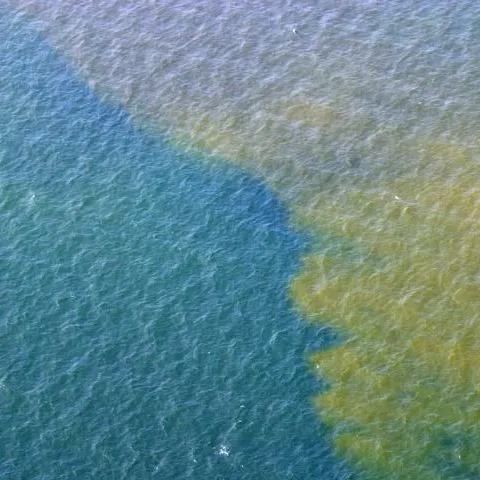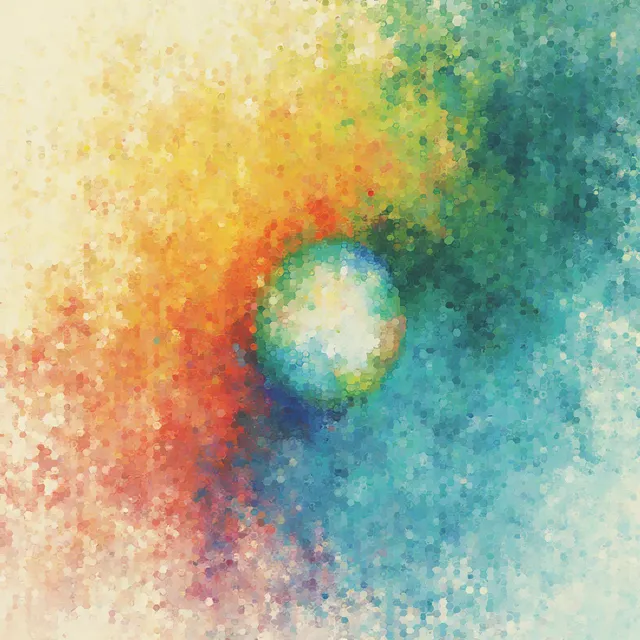Harmful Algal Blooms
Available Languages:
English
Algal blooms are caused by abnormal increases in the concentration in the water column of certain microscopic algae and algae-like organisms that can cause changes in the color of the water due to the pigments present in the microorganisms. Some of these organisms produce toxins that can be harmful to man, either directly or through the consumption of contaminated seafood. The term "harmful algal bloom" (HAB) is preferred over "red tide" because the blooms are not always red and are not directly associated with tides, and because the term "red tide" applies to many harmless blooms that discolor the water but may exclude many toxic blooms that do not cause water discoloration.


